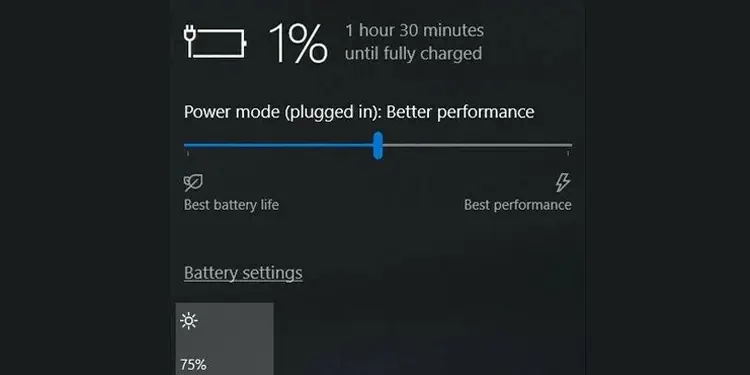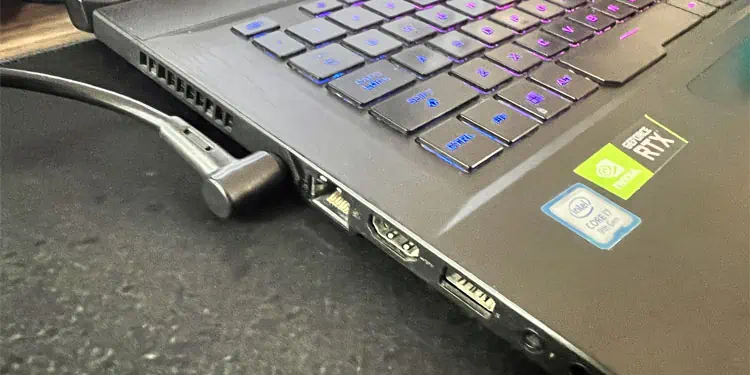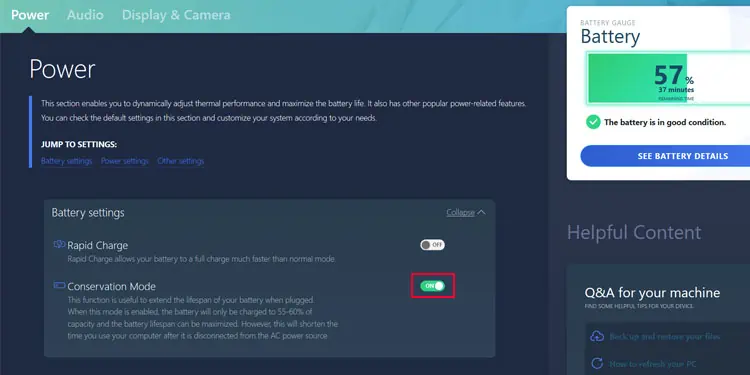After you have used your laptop for a year or more, you may find that it doesn’t provide as much battery backup as it used to. For some users, the decrease in battery life happens much quicker.
It can happen due to many reasons, such as mechanical stress due to charge/discharge or overheating and natural degradation over time. However, if you take care of the battery regularly and follow many recommended practices to preserve its health, you may keep your battery in a good condition.
Use Proper Charger and Power Source
Having an appropriate charger is one of the most important aspects of maintaining good battery health. A battery has its own power requirements that the charger needs to meet. So, we always recommend using the charger that comes with the laptop or an official Original Equipment Manufacturer (OEM) replacement. If you need to use third-party ones, you need to keep the following things in mind:

An increase in temperature can affect the chemical balance inside the laptop battery. This can lead to many issues such as electrolyte decomposition, electrode corrosion, and over-gassing. All these problems have a significant impact on battery health and lifespan.
So, you need to prevent overheating of laptop batteries. There are many ways you may go about doing so, such as:
Follow Proper Guidelines While Storing Battery
Storing a battery for a long time without using it will result in a significant drop in the battery capacity. This is because self-discharge causes all the chemicals inside the battery to deteriorate over time if it has to forego the charge-discharge cycle.

But you may still follow some guidelines while storing the battery to limit this deterioration as much as possible.
Implement Battery Saving Practices
All batteries have a limit on the maximum number of full charge/discharge cycles they can actually go through. Depending on the battery, the number is usually between 500-1000, but it is only a rough estimate.
Also, it does not indicate the amount of individual charge/discharge the battery can go through (like in the case of an SSD’s read/write cycle), but the number of times it can charge from empty to full charge and then to nil charge again. If you discharge from 100% to 50% and then back to 100% only half of the charge/discharge limit is used up.

The battery undergoes mechanical stress due to all the chemical reactions that happen inside of it during charging/discharging, which causes natural degradation over time. Other factors also affect this degradation and you may be able to utilize the battery for much longer. But, sooner or later, the battery will die out.
So, you should always attempt to limit the charge/discharge cycle by using your laptop optimally.
Avoid Excessively Low Battery Charge

